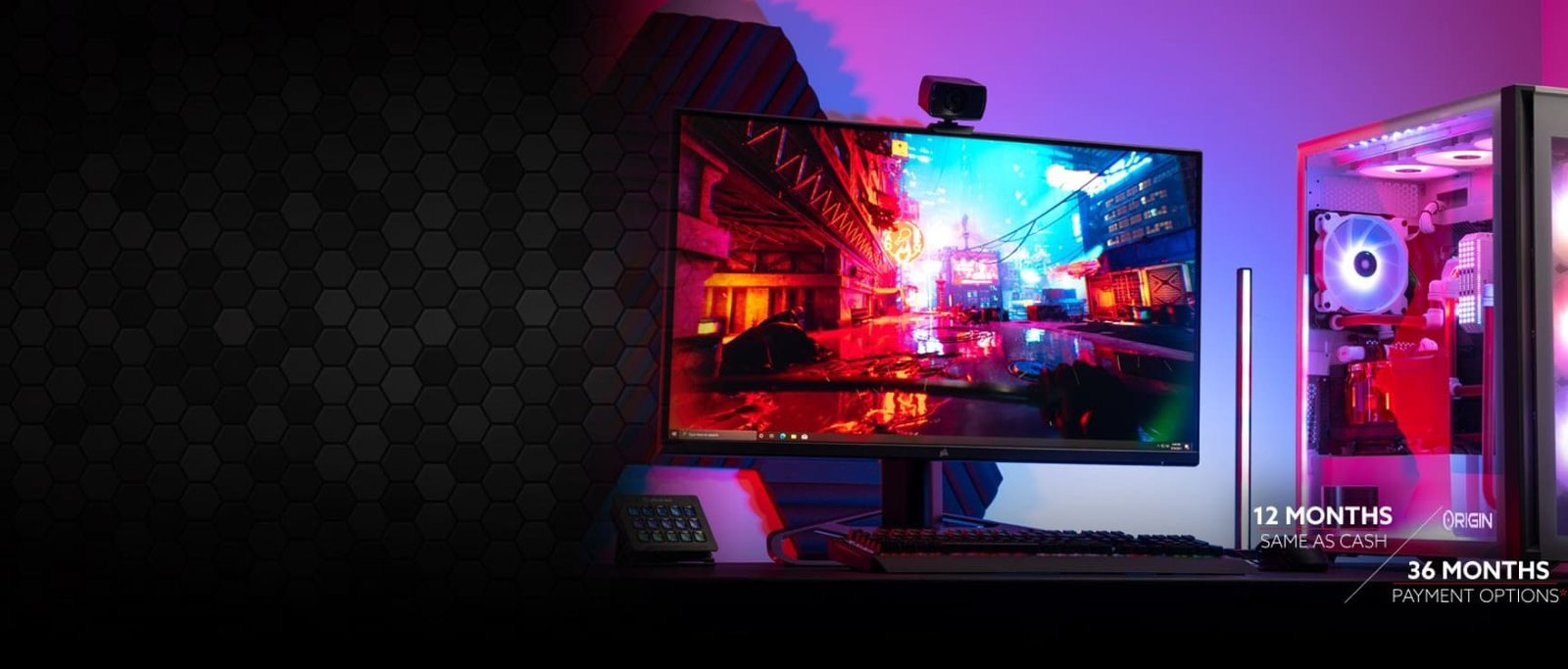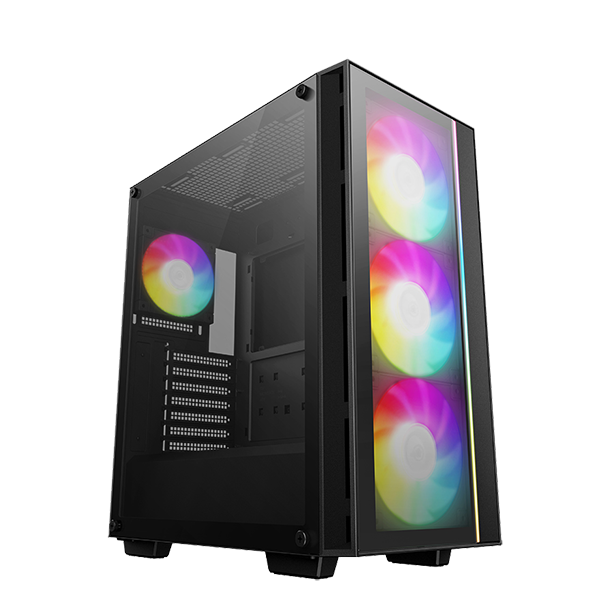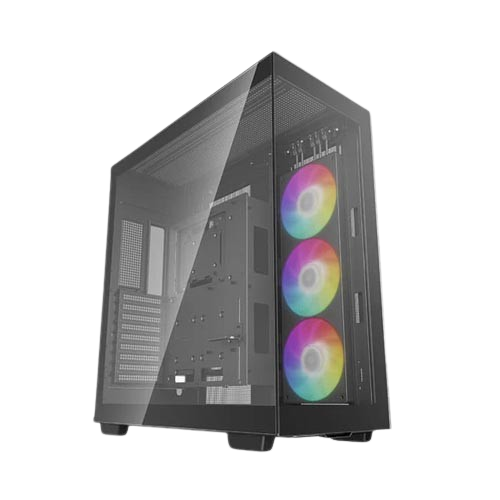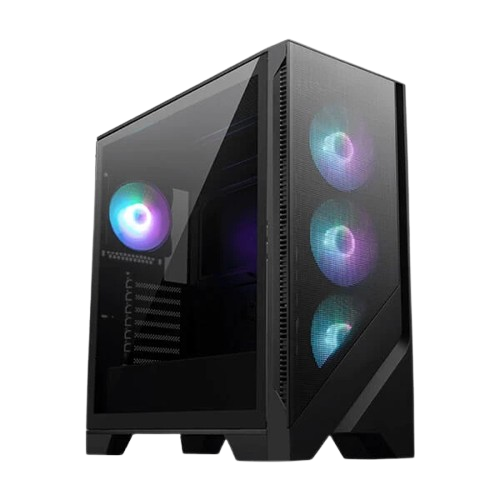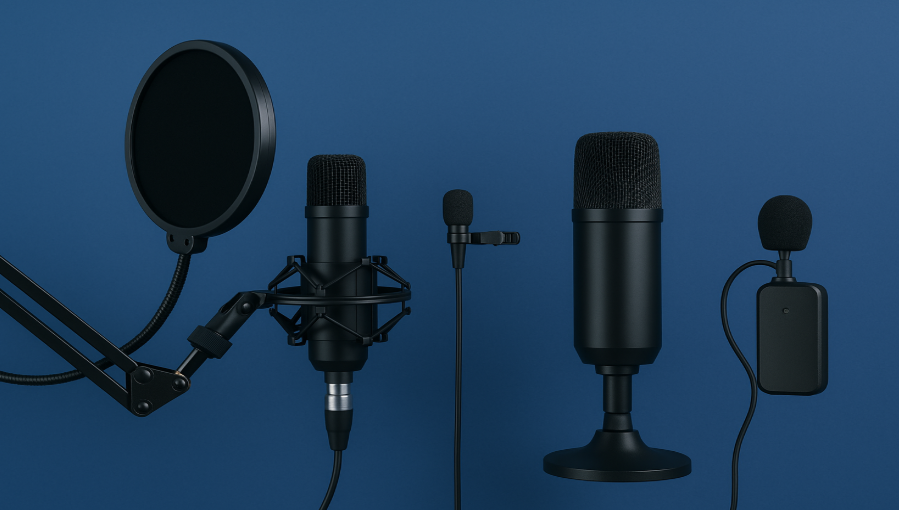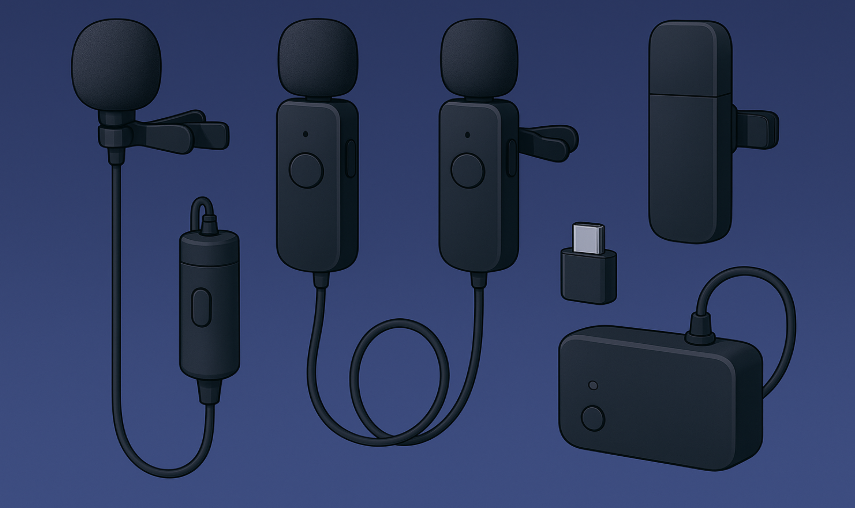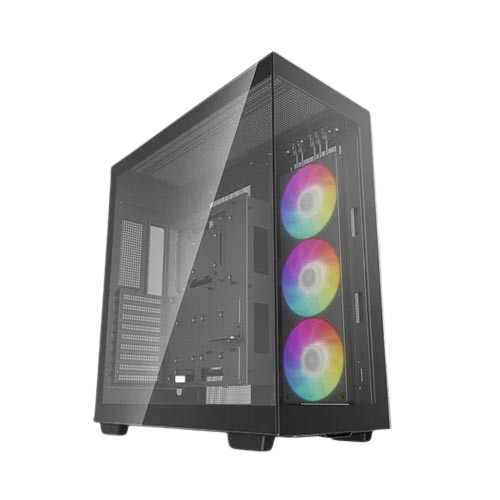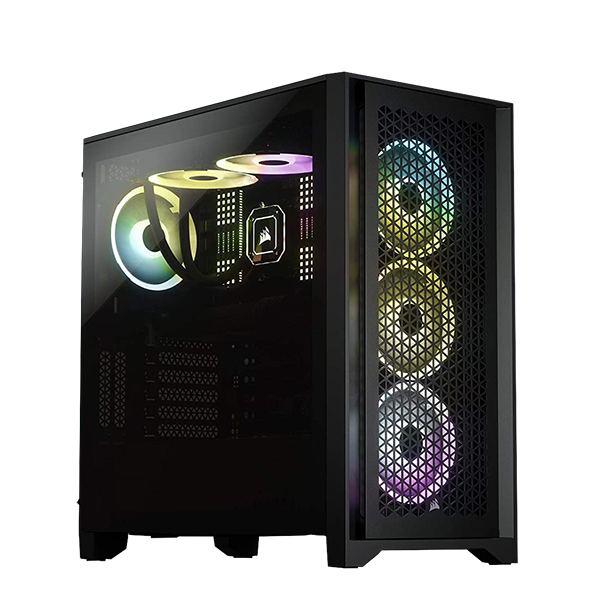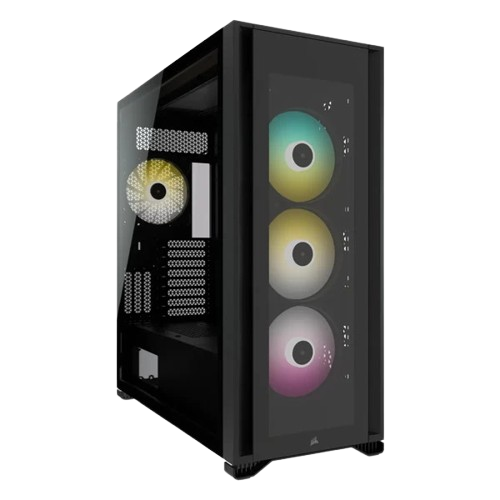For any podcaster, voiceover artist, YouTuber, or educator, quality audio is a must. In 2025, you don't need a small fortune or studio to have a professional-sounding audio quality. With less than a ₹2,000–₹5,000 budget, you can have a mic that sounds great (crisp, clear, and easy to listen to) from your home. Here's a guide to the best beginner mics in India (all tested for 2025).
Why Audio Matters for Beginners?
If you are starting a podcast, narrating a YouTube video, or teaching your online class, audio quality matters. Good audio quality keeps the audience engaged and also distinguishes your content. A quality microphone makes you sound more confident and professional, and it's easier to listen to you in your bedroom or a busy home.
Types of Mics for Voiceovers & Podcasts
- Lavalier Mic (Wired): great for the mobile creator, Reels, and on-the-go recording
- USB Condenser Mic: best for the desktop podcasting, Zoom, and homestyle recording
- 3.5 mm Clip-On Mic: easily plug-and-play with your phone or laptop
- Wireless Mics: amazing for the creator who moves around while recording or records outdoors.
Top Beginner Mics for Voiceovers & Podcasts in India [2025 Picks]
|
Mic Name
|
Type
|
Connectivity
|
Price
|
Best For
|
|
Maono AU-A03 Kit
|
Condenser
|
3.5mm/XLR
|
₹2,999
|
Pro voiceovers, YouTube, podcast
|
|
Boya BY-M1
|
Lavalier
|
3.5 mm
|
₹899
|
Mobile podcasts, vlogging
|
|
Maono PM360TR
|
USB
|
Plug-and-play
|
₹1,999
|
Desktop podcasts, streamers
|
|
Kreo Wireless Collar
|
Wireless
|
Bluetooth
|
₹1,899
|
Outdoor vlogs, podcasts
|
1. Maono AU-A03 Condenser Mic Kit – ₹2,999
- Type: Condenser
- Connection: XLR to 3.5mm jack
- Extras: Shock mount, pop filter, boom arm
- Compatibility: Works with sound card for plug-and-play setup
- Best For: Voiceovers, YouTube tutorials, podcasts
2. Boya BY-M1 Lavalier Mic – ₹899
- Type: Lavalier
- Connection: 3.5mm universal jack
- Extras: Windscreen, clip, 6m cable, battery included for camera use
- Compatibility: DSLR, laptop, phone
- Best For: Mobile creators, beginner podcasting, vlogging
3. Maono AU-PM360TR USB Mic – ₹1,999
- Type: USB condenser
- Connection: Plug-and-play
- Extras: Solid metal build, cardioid pickup
- Compatibility: Windows, Mac
- Best For: Zoom calls, podcast starters, streamers
4. Kreo Wireless Collar Mic – ₹1,899
- Type: Wireless
- Connection: Bluetooth
- Extras: Rechargeable, wind muff
- Compatibility: Phones, laptops
- Best For: Mobile podcasting, outdoor voice content
What to Look for in a Beginner Mic?
- Connection Type: USB is easy for novices; XLR is flexible but requires a sound card.
- Pickup Pattern: The cardioid pattern is a great choice for lone speech; it will capture your voice while rejecting noise from the background.
- Included Accessories: Look for mics that include the shock mount, pop filter, and windscreen for built-in additional value.
- Device Compatibility: Ensure that the mic works with your laptop, phone, or camera.
- Background Noise Handling: Background noise handling capabilities are especially significant for in-home recording and especially noisy environments.
Frequently Asked Questions
- Which mic is best for voiceovers under ₹2,000 in India?
The top mics for voiceovers under ₹2,000 and just slightly above the price point are the Boya BY-M1 lavalier mic and the Maono AU-PM360TR USB mic.
- USB or lavalier mic—which is better for podcasting?
USB mics are best for recording on desktop computers, and lavalier mics are best for creators on mobile devices and on-the-go podcasting.
- Can I get professional audio from a phone mic?
You will get decent audio, but a dedicated and accomplished microphone (lavalier or USB) will always sound better and more professional.
- What is a good beginner podcast setup under ₹3,000?
A lavalier mic like the Boya BY-M1, or a basic USB condenser mic with a pop filter and stand, is a good value for a beginner.
Conclusion
A good microphone setup is the cornerstone of any successful podcast, voiceover, or online teaching setup. With these affordable options, you can now sound professional on a budget.
Ready to level up your PC? Visit Digibuggy!

